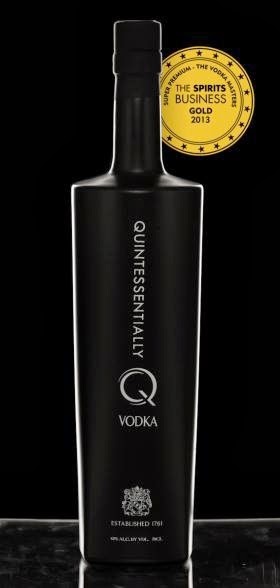Thinking of Opening a Restaurant. Part four
The cost of running a restaurant is not a strict formula but
there are some standards that you can apply that are accepted as a guide, but
as all guides it is not the carved in stone, but you would be silly to ignore
them. And here they are as an Industry Average
Cost of Goods Sold:
26% to 36%
Payroll & Benefits:
30% to 40%
Operating/Controllable
expenses: 7% to 12%
Occupancy expenses:
5% to 10%
General and
administrative expenses: 1% to 5%
Earnings Before
Interest, Taxes Depreciation & Amortization: 0% to 19%
There are so very many variables that impact restaurant
costs that it is impossible to set out what the costs should be as every case
is different but I think the following is true.
One your big two expenses, that being cost of goods sold,
food and drink and labour costs, should not exceed 60% of sales. If they do
then you are starting to get into a place where you cannot get back from and
will inevitably fail. Or try to borrow more and fail latter. Theas cost must be
controlled every day, not just at the end of the month. Ideally you do not want to be spending any
more than 58% and to 55%. Since food cost is determined by your purchase price,
portion size and selling prices, it will not vary too much due to your sales
volume fluctuations. Labour cost,
however, is a direct function of sales.
The higher your sales volume the easier it is to run lower labour costs.
Second Occupancy expenses, or mortgage, rent or leasehold
must never be and more than 10% of your sales. Now this will vary depending
upon the quality of your location, how large the site is, how many covers you
can do in one day. The more prime the site normally the more the cost. Here your target is no more than 5% of sales
are best but no more than 10%.
So what can you do to keep the cost down?
First stock. First know what you opening stock is and then
record what you purchase for the rest of the month , deduct you opening stock
and see what you have sold at the end of the month. Then keep recording what
you perches daily and divide cost of perches to total revenue
£150.25 purchased,
£392.89 daily take.
(150.25/392.89)*100 =
38.24%
If you use the food flash sheet on this site you can add
every day you stock purchased add what you take every day and it will give you
a running daily cost percentage that will be in real time. Another thing is not carrying too much stock.
If your food and beverage stock levels are too high it will result in excess
waste, over-portioning, reduced product utilization and theft. Not only that
but you are tying up money in stock that you could use on other things. To know
how much stock you should carry simply take your monthly sales divided them but
by one hundred and multiply buy the best stock figure
£50,000.00/100*30 =
£15,000.00
So if you take £50,000 a month you should never be carry any
more than £15,000.00 in stock. And the best way to think of this is, never
carry any more than
7 days stock in food
15 days stock in spirits
7 to10 days stock in
beer
And 15 days stock in
wine
If you keep you stock low and under control you win part of
the battle.
Second are labour costs. Now you have to staff a restaurant,
so you will have a fixed cost. Now all depending on what kind of restaurant you
are operating I would say that one chef can cook for twenty covers every hour,
if properly organised. And one waiter for every twenty covers, along with a
kitchen porter, bar person and manager.
So if you are looking at a one hundred covers at best five waiters, four
chefs, one kitchen porter, one
restaurant manager, one bar person and one , wine waiter. But this is all
dependant on what you are serving and the level of service you are giving. The
higher end the level of service and food the more staff. The longer you are open the business you can
do , but the more staff you need. So it
is getting the balance right. And like anything that all depends on what you
are trying to do.
At the end of the day if you are not sure if you have the
controls in place or you are just looking at buying a business then simply do
these two calculations
Sales – Cost of Goods
Sold – Expenses = Profit/Loss
£50,000.00 -
£19,000.00 - £28,000.00 = £3,000.00 profit
Or
£50,000.00 - £20,550.00
- £29,550.00 = - £100 loss
Then work out your current assets to current liabilities
ratio is. In the accounts you will have a balance Sheet and divide your current
assets, cash, credit card receipts in transit, accounts receivable, food and
beverage inventories, by your current
liabilities, bills, rent, lease payments, loans.
Current Assets=
£52,000
Current Liabilities =
£48,000
Current Ratio =
£52,000/£48,000 = 1.08
This means that there is £1.08 of current assets for every £1.00
so you have more coming in than you have going out. Now you can go to 1.00 and
that is fine but if you go below this for a long period of time then alarm
bells should start to ring.




Comments
Post a Comment